Российские ученые после более 30 лет бурения проникли в подледниковое озеро Восток в Антарктиде.
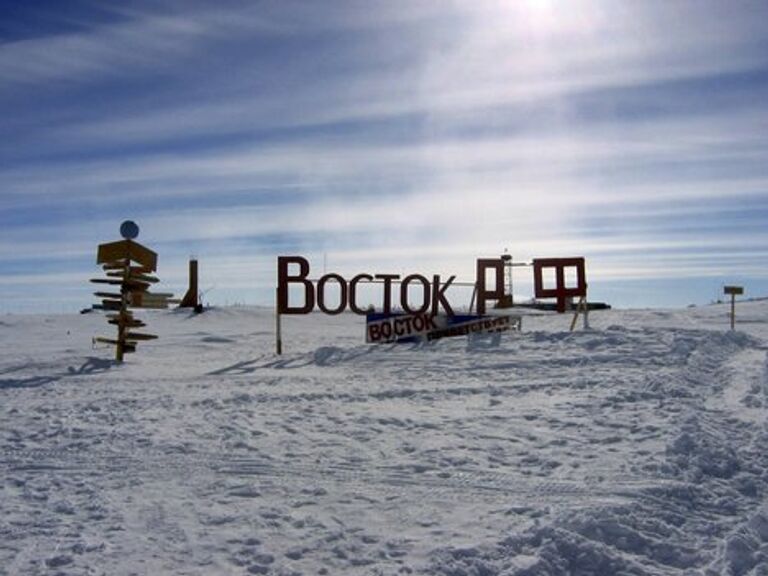
A general view of the Vostock research camp in Antarctica in this January 5, 2005 handout photograph. Russian scientists are close to drilling into the prehistoric sub-glacier Lake Vostok, which has been trapped under Antarctic ice for 14 million years. Picture taken January 5, 2005.
1 из 11

A general view of drilling apparatus at the Vostock research camp in Antarctica in this April 5, 2010 handout photograph. Russian scientists are close to drilling into the prehistoric sub-glacier Lake Vostok, which has been trapped under Antarctic ice for 14 million years. Picture taken April 5, 2010.
2 из 11
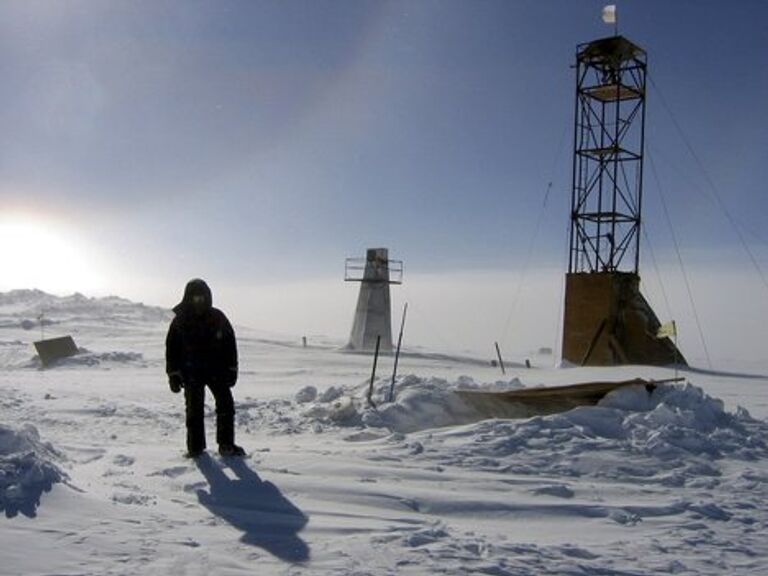
A man stands near drilling apparatus at the Vostock research camp in Antarctica in this January 13, 2006 handout photograph. Russian scientists are close to drilling into the prehistoric sub-glacier Lake Vostok, which has been trapped under Antarctic ice for 14 million years. Picture taken January 13, 2006.
3 из 11
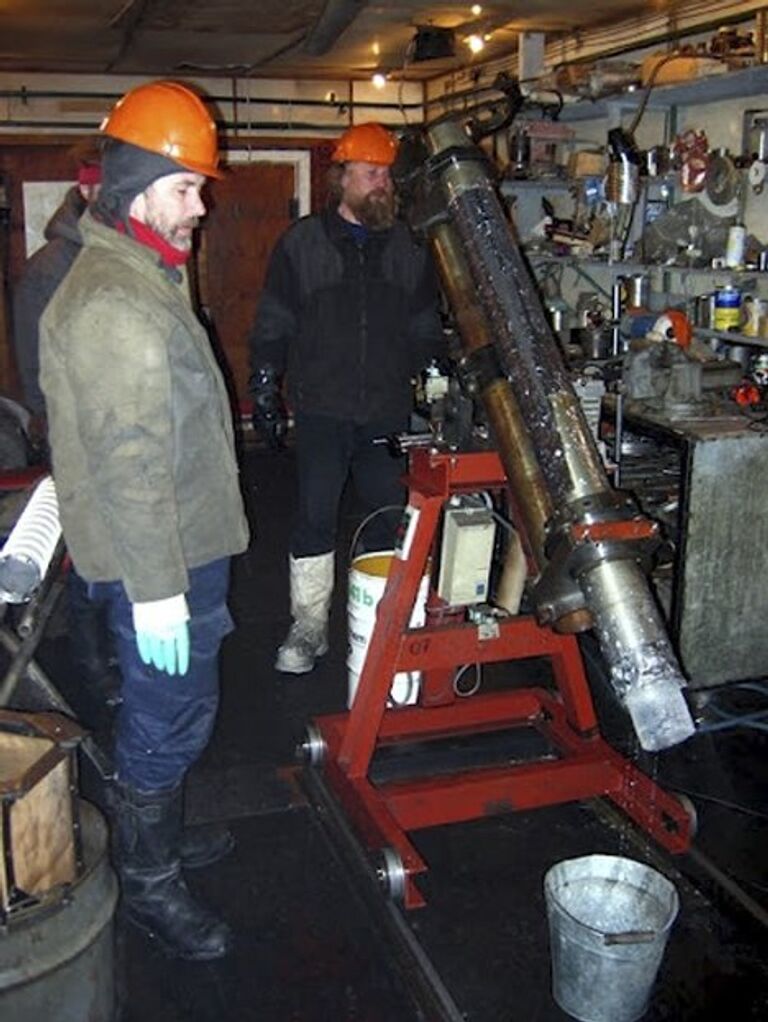
Researchers work with drilling apparatus at the Vostok camp in Antarctica in this January 16, 2006 handout photograph. Russian scientists are close to drilling into the prehistoric sub-glacier Lake Vostok, which has been trapped under Antarctic ice for 14 million years. Picture taken January 16, 2006.
4 из 11
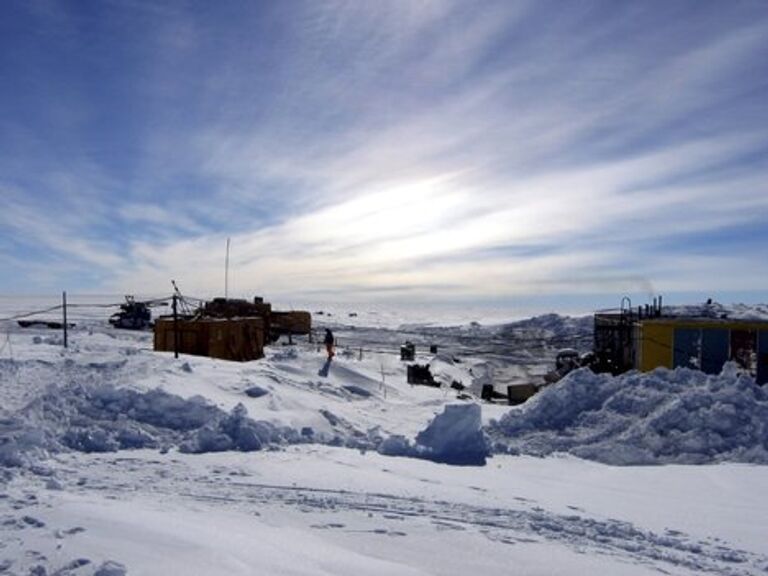
A general view of the Vostock research camp in Antarctica is seen in this June 29, 2010 handout photograph. Russian scientists are close to drilling in to the prehistoric sub-glacier Lake Vostok, which has been trapped under Antarctic ice for 14 million years. Picture taken June 29, 2010.
5 из 11
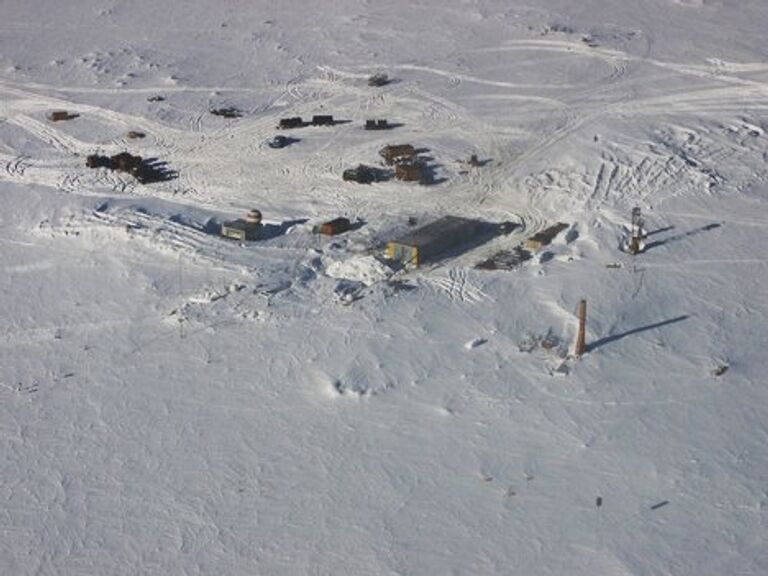
An aerial view of the Vostock research camp in Antarctica is seen in this January 5, 2005 handout photograph. Russian scientists are close to drilling into the prehistoric sub-glacier Lake Vostok, which has been trapped under Antarctic ice for 14 million years. Picture taken January 5, 2005.
6 из 11
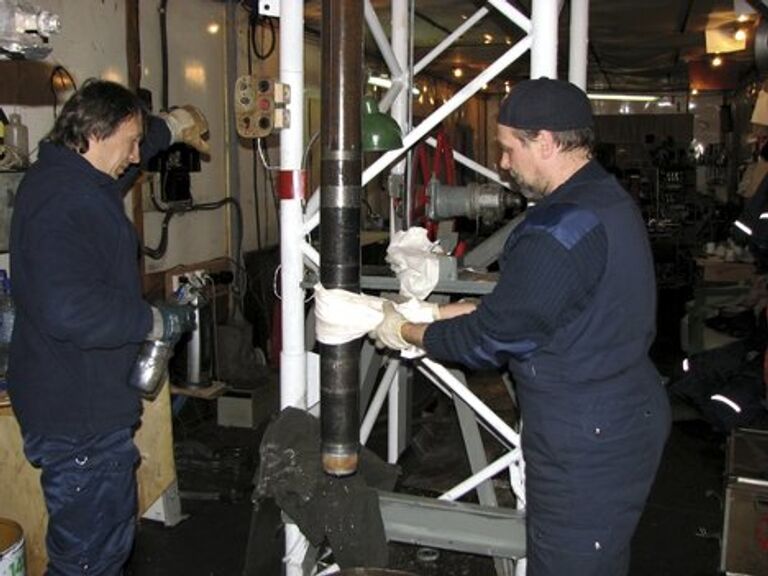
Researchers work with drilling apparatus at the Vostok camp in Antarctica in this April 5, 2010 handout photograph. Russian scientists are close to drilling into the prehistoric sub-glacier Lake Vostok, which has been trapped under Antarctic ice for 14 million years. Picture taken April 5, 2010.
7 из 11
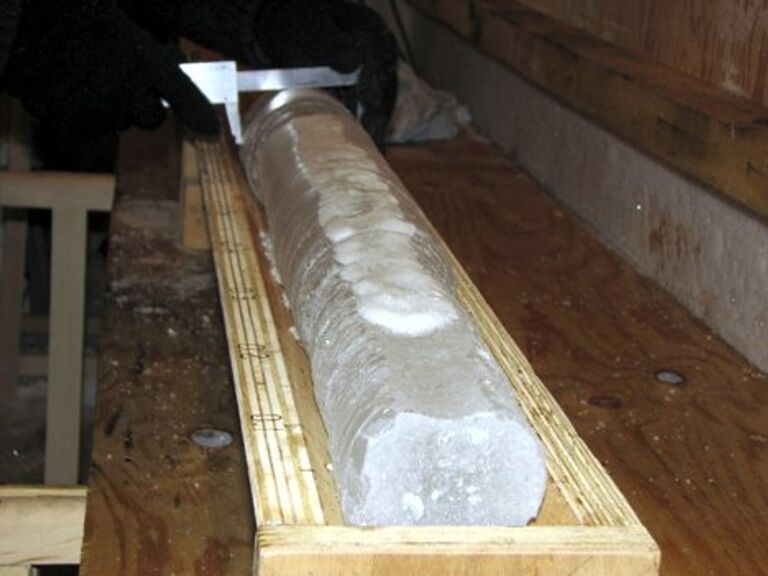
An ice core is seen at the Vostok camp in Antarctica in this April 5, 2010 handout photograph. Russian scientists are close to drilling into the prehistoric sub-glacier Lake Vostok, which has been trapped under Antarctic ice for 14 million years. Picture taken April 5, 2010.
8 из 11
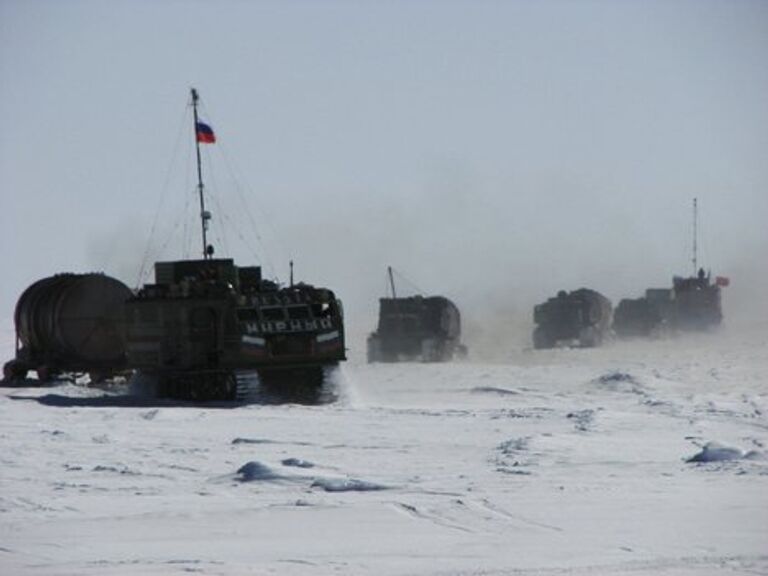
A general view of drilling apparatus at the Vostock research camp in Antarctica in this April 5, 2010 handout photograph. Russian scientists are close to drilling into the prehistoric sub-glacier Lake Vostok, which has been trapped under Antarctic ice for 14 million years. Picture taken April 5, 2010.
9 из 11
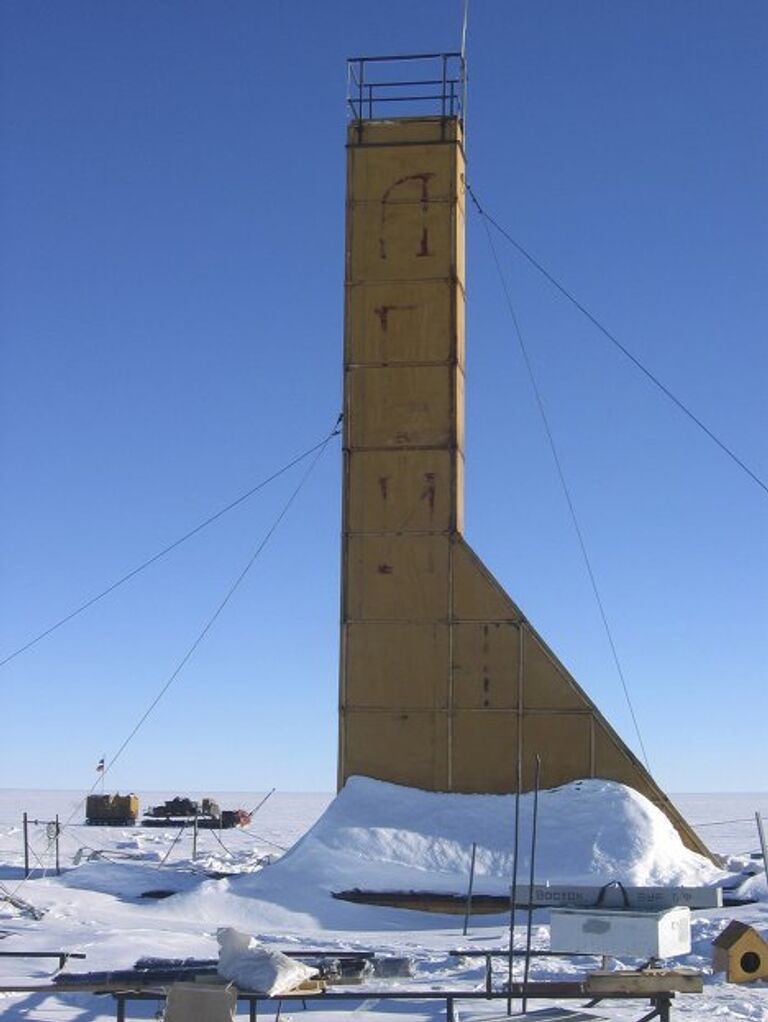
The head of the drilling rig used by the Russian research team to drill to the Vostok underground lake at the Vostock research camp in Antarctica is seen in this September 1, 2007 picture. Russian scientists are close to drilling into the prehistoric sub-glacier Lake Vostok, which has been trapped under Antarctic ice for 14 million years. Photo taken September 1, 2007.
10 из 11
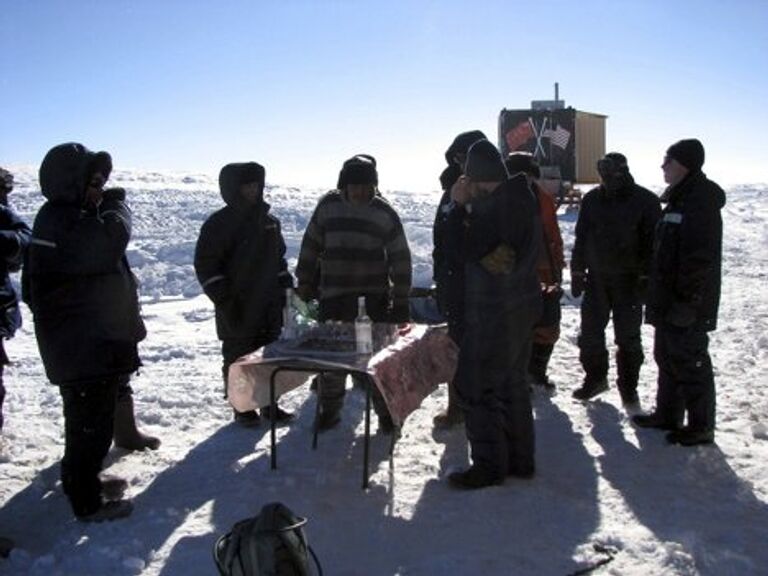
Ученые и сотрудники в лагере Восток в Антарктиде, 5 апреля 2010 года.
11 из 11


